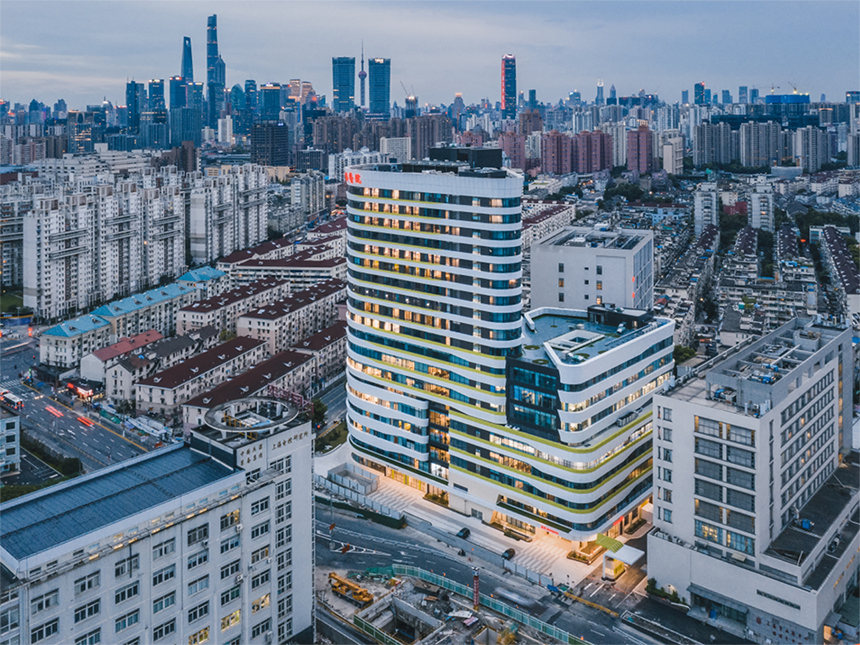
Pediatrics Comprehensive Building of Shanghai Xinhua Hospital
Shanghai, China
The Pediatric Comprehensive Building of Xinhua Hospital Affiliated to Shanghai Jiaotong University School of Medicine, which was designed by Zhubo, was put into trial operation on July 31, 2020. On July 30, the Xinhua Hospital Pediatric Comprehensive Building Construction and Management Experience Exchange and On-site Observation Meeting was held. Zhou Jie, the senior vice president of Zhubo Design Group and the general manager of the Shanghai company, attended the meeting.

▲The meeting site
Xinhua Hospital Affiliated to Shanghai Jiaotong University School of Medicine was founded in 1958. It is one of Shanghai's veteran third-level general hospitals. It is the only general hospital in the city that has both perinatal and complete pediatric subspecialties. The total construction area is about 260,000 square meters, and the actual open beds are about 2500 beds.

Hospital land is tight, and pediatric outpatient and emergency services account for most of the total outpatient services. The original pediatrics and adult departments are mixed, which is a lot of inconvenience. Every renovation and expansion of an existing hospital is an improvement of the existing process and space. It is a comprehensive and complex problem of overall balance of the overall functional composition of the hospital, process connection, reorganization of the new and old, environmental improvement, and traffic management.


The overall plan of the hospital reorganizes the functional layout and traffic flow organization, and divides the entire hospital area into scientific and reasonable divisions. The existing buildings will be used for adult medicine after being renovated. In the end, the five areas of adult medical area, children's medical area, cadre health area, scientific research and teaching area and logistics service area are relatively clear, and the first-level process has also been improved. Organize the overall transportation of the hospital to form a three-dimensional transportation solution on the ground, underground and air.
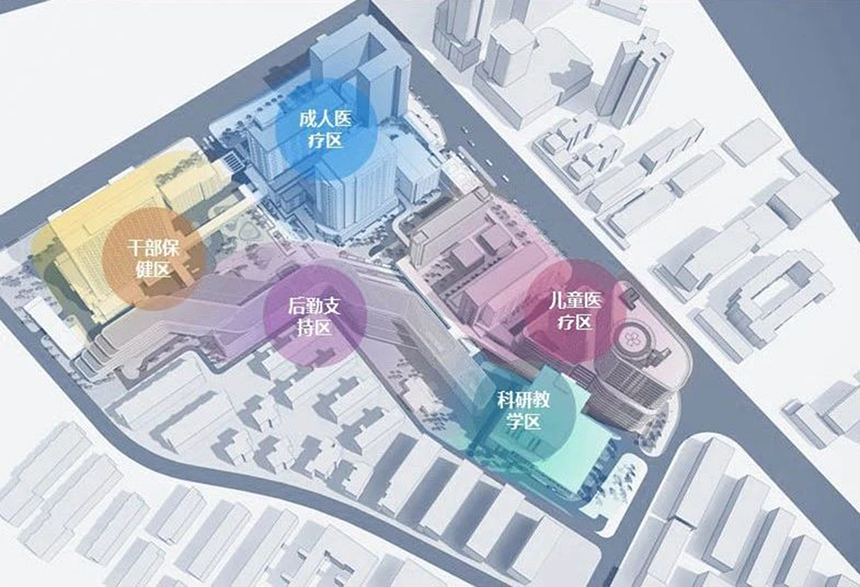
▲Integrated functional partition
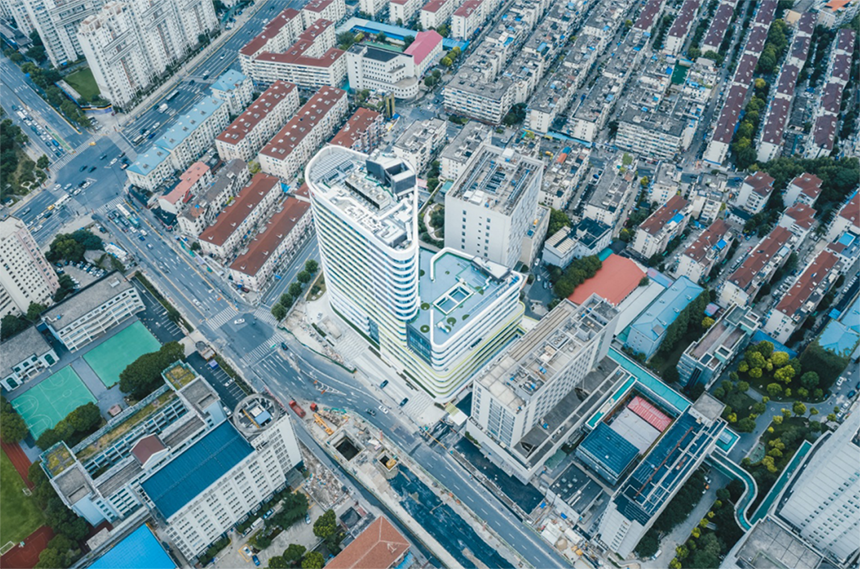
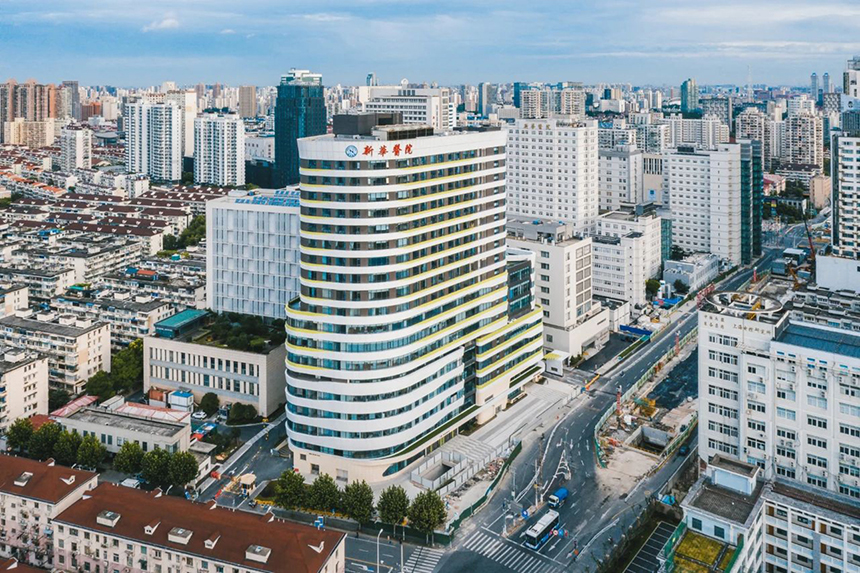
The shape of the pediatric complex was born in accordance with the conditions of the base. The outline of the podium is basically along the red line, and the street surface is properly set back; the top of the podium is stepped back to create a roof garden and provide a comfortable visual experience. Taking into account the requirements of fire separation distance and the influence of sunlight, the tower is placed on the southeast side, with a moderate distance from the Pediatric Surgery Complex and the Science and Education Building, forming a good internal and external relationship.
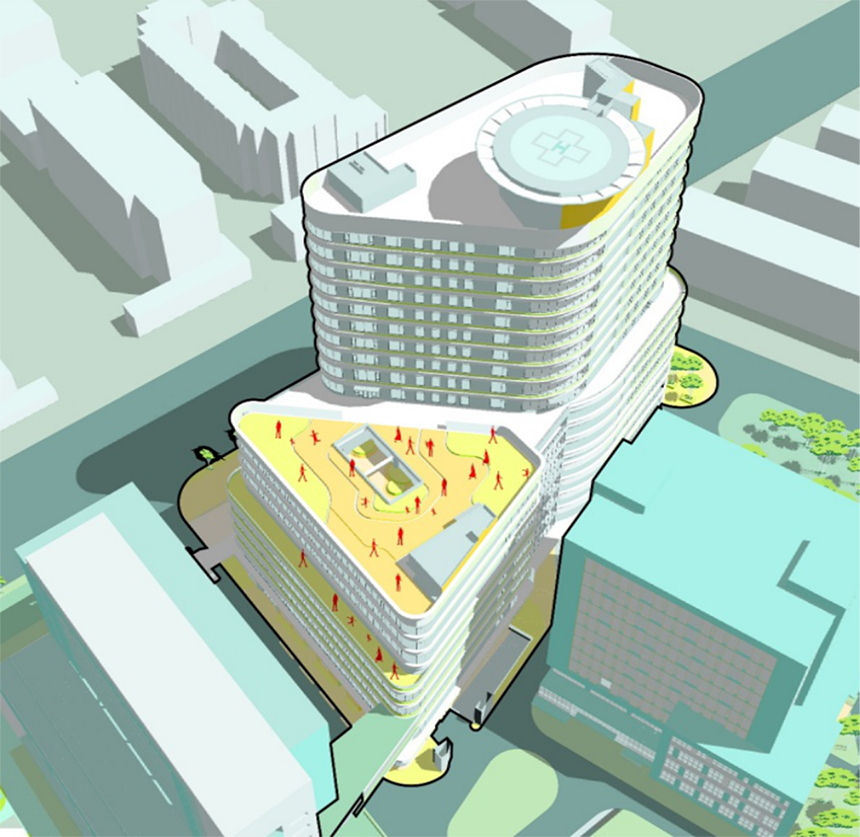
▲Building volume model

The project aims to build an integrated medical service system that closely connects pediatric emergency, outpatient, medical technology, logistics, ward and other functions through a three-dimensional skeleton. Medical planning takes into account the future development trend of the hospital, and introduces the concept of specialized disease centers and regional testing centers; efficient and intensive streamline organization improves the efficiency of patients' medical treatment and medical care; the hospital area is connected to the pediatric surgery building through a corridor. Children's diagnosis and treatment area.
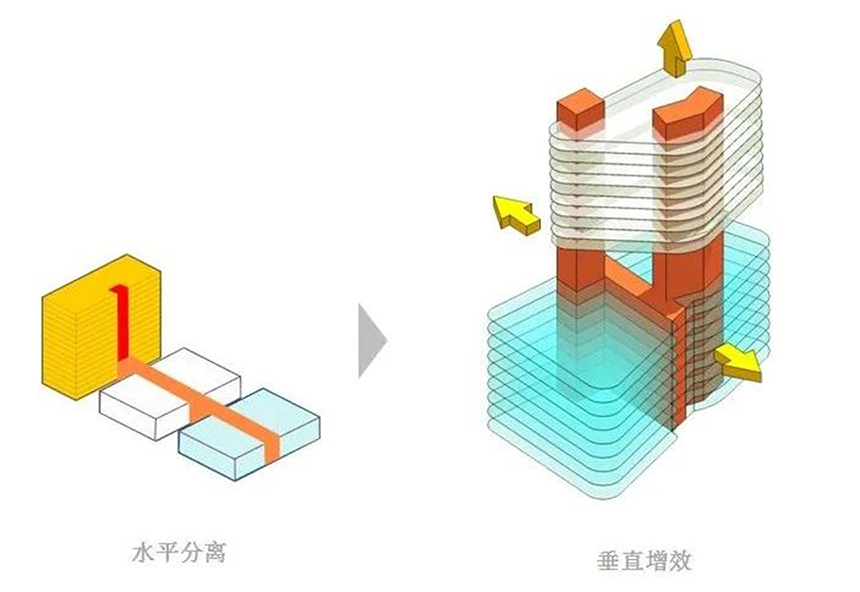
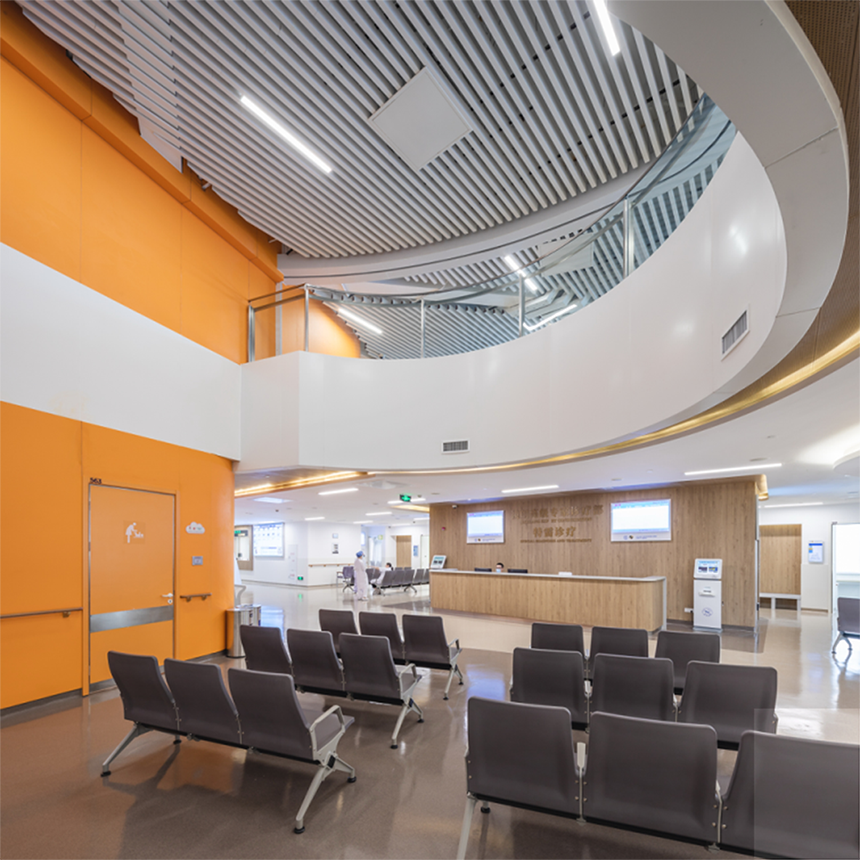
▲Special needs diagnosis and treatment
Environmental design full of childlike innocence, enhance the medical experience
The interior design fully considers the psychological and behavioral characteristics of children, and is full of childishness. In the main public space, a childlike artwork is planted to make the space more interesting, friendly and recognizable.

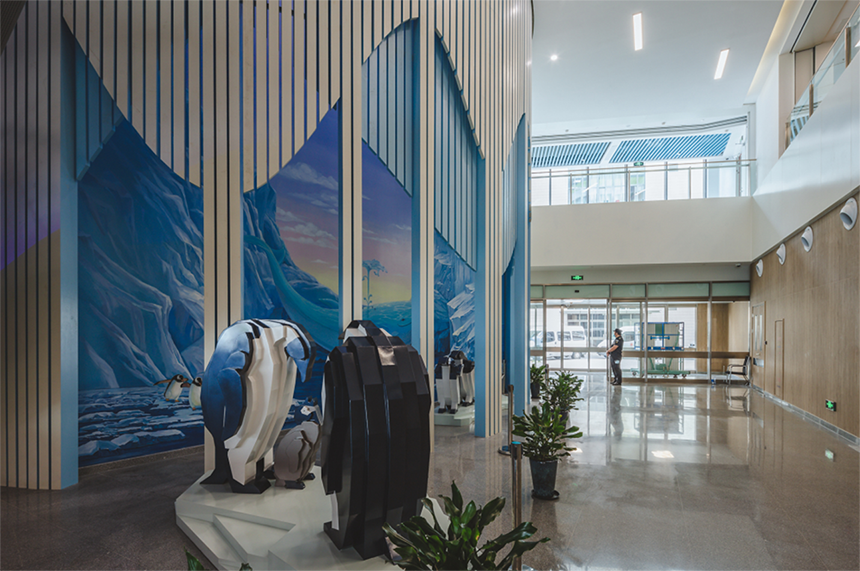
▲Environmental design full of childishness
Innovative design of double room
In the design of the double ward, the traditional hospital beds are arranged side by side on the same side. The design adopts the opposite arrangement of the hospital beds to enhance the privacy of the patient's space. The ward bathroom uses folding steel doors, which are more comfortable and more spacious than the traditional flat doors.

▲病房实景
The real scene of the ward
The spacious nurse station with unobstructed line of sight makes it easy to take care of the entire nursing unit. Comfortable scale, brightly-lit consulting room, detailed design of high socket, give more care to medical staff.
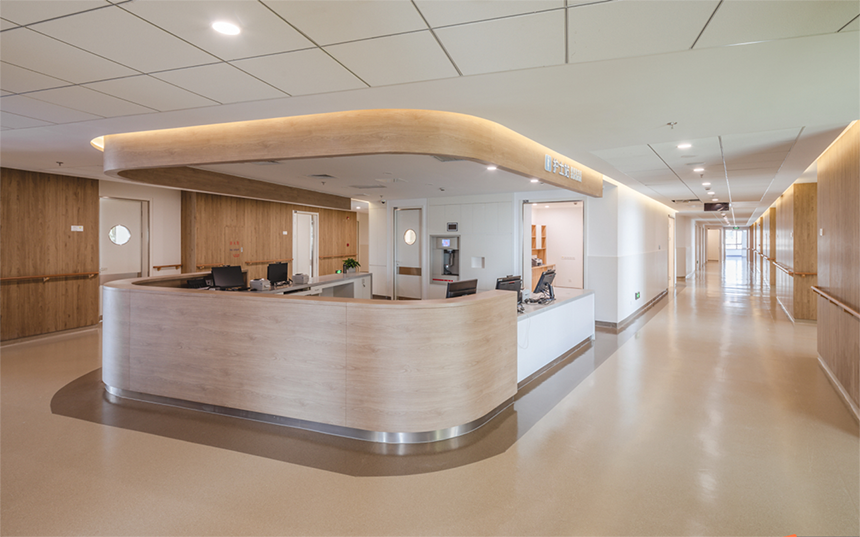
▲Nurse station
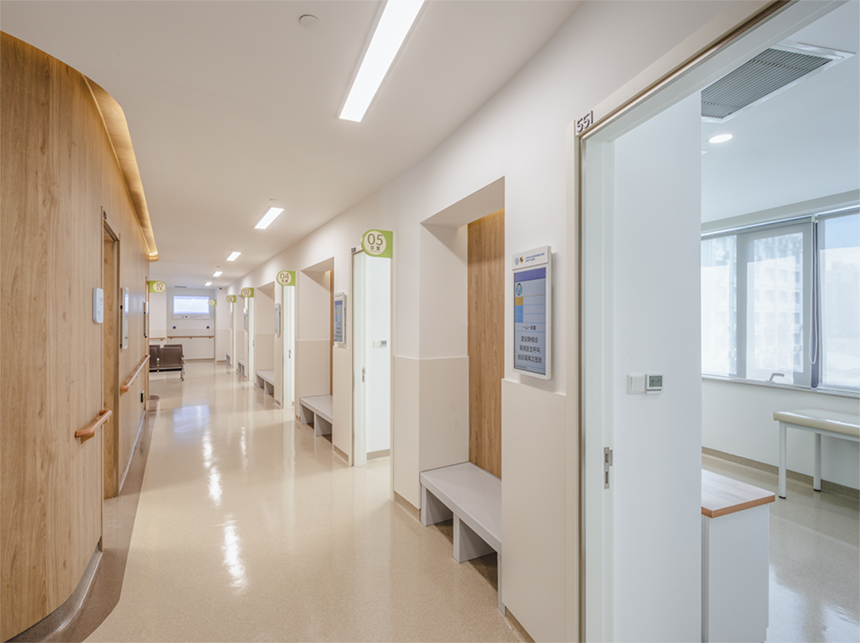
▲Consultation area
The full life cycle BIM application makes hospital construction and operation and maintenance smarter. The construction of the project was undertaken by Shanghai Construction Engineering Fourth Construction Group. From design to construction to delivery and takeover to operation and maintenance, the project realizes a smart construction management mode, opens up information transmission from construction to operation and maintenance, and realizes a visual, proactive, and smart operation and maintenance management mode . Advanced information equipment such as remote multidisciplinary consultation meeting rooms and new nuclear magnetic resonance equipment also promotes more scientific and smarter medical diagnosis and treatment.

▲BIM technology application

▲MRI examination room
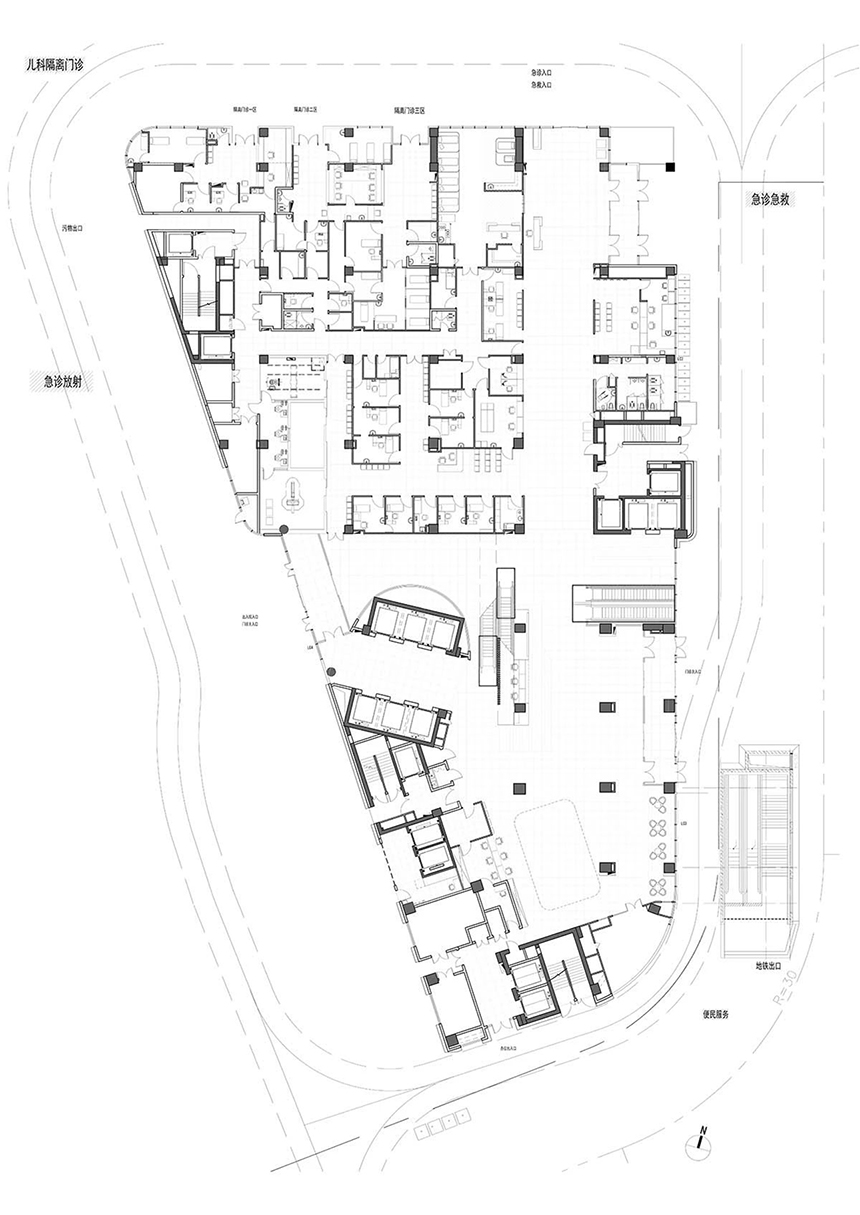
▲Floor plan
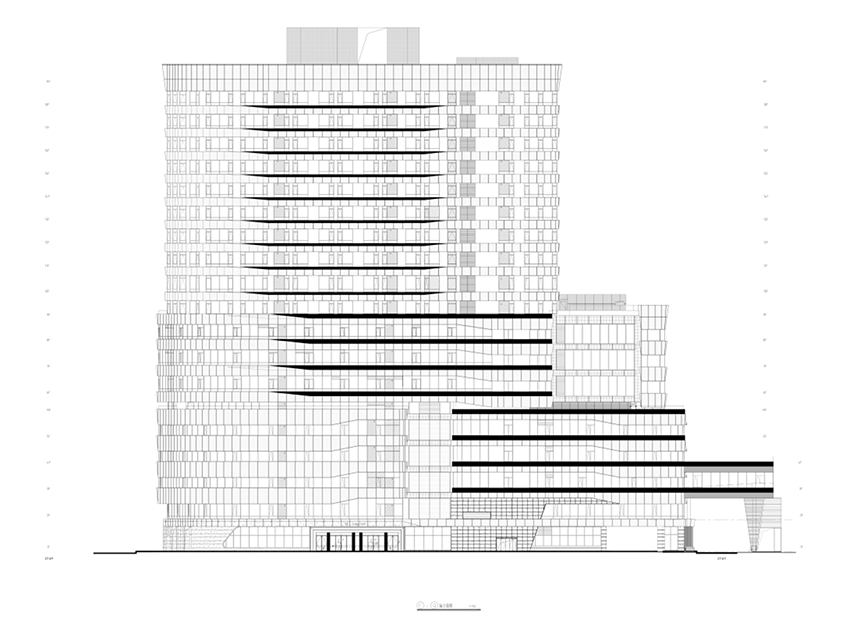
▲East elevation

▲Cross-section view
The overall design of the hospital building requires the coordination of dozens of partners. The success of the project is inseparable from the efforts of each participant. Thank you for the trust of the owner and the support of the partners. After the trial operation, it has also been loved and praised by users.

Design company: Zhubo Design Co., Ltd.
Project address: Shanghai
Building area: 57,670 square meters
Site area: 3,850 square meters
Newly added beds: 472 beds
Project status: put into use in July 2020
Project Director: Zhou Jie
Project Manager: Xu Beibei, Tang Yahong
Architectural design: Li Wei, Shen Junyu, Zhang Yong, Han Xue, Zhang Haoyu
Interior design: Zhao Yushu, Le Binglei, Jin Mengyi
Landscape design: Zhao Yushu, Li Min
Structural Engineering: Su Yiju, Zhang Wei, Pan Mingxing, Cheng Zhongrong
HVAC engineering: Zhang Jingbo, Lu Yubin, Zhao Shanwei, Wu Qiang
Drainage works: Liu Yi, Wang Haigang, Yao Tingting
Electrical Engineering: Diao Haiyan, Zhai Haipeng, Tao Li
Project Owner: Xinhua Hospital Affiliated to Shanghai Jiaotong University School of Medicine
Photography: Lin Song